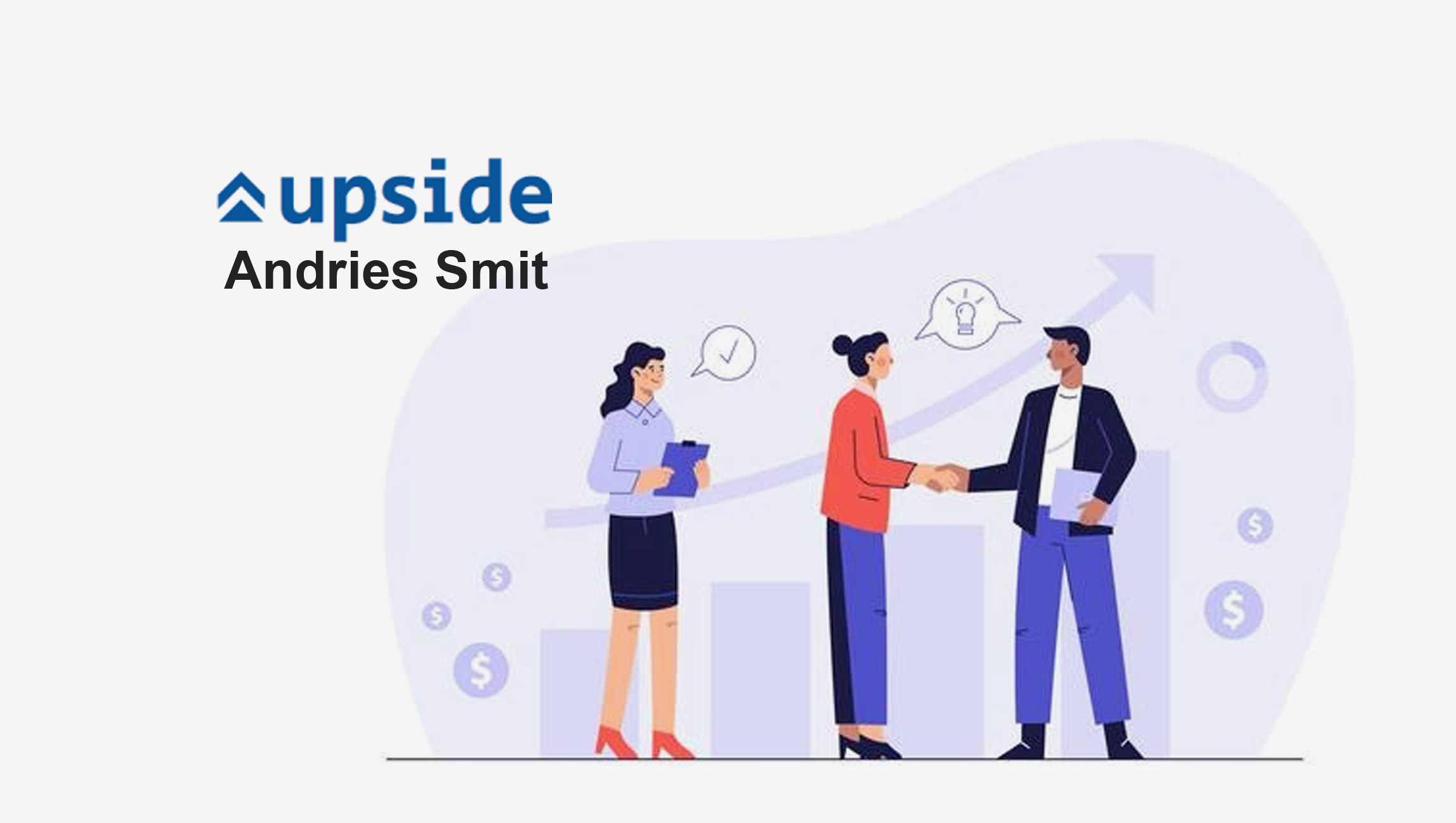Gaining true customer loyalty has always been a goal for businesses. However, the battle for consumers’ time, attention and loyalty is fiercer than ever before. There is so much choice and so little friction at purchase, that differentiating from competitors in a big way has become an almost impossible challenge. Achieving loyalty is no longer just about having the best product for the best price. Customers demand more. Instead, true loyalty can be achieved through excellent customer experience that brings them back again and again.
Easier said than done of course. Even if a business does achieve a customer’s loyalty, historically there have been few ways to accurately measure or quantify it. If businesses can’t measure it, they can’t replicate it.
Marketing practices that are often total guesswork at best and that, try as they might, simply can’t provide the level of insight retailers need to truly understand what makes their customers loyal. This is an industry wide problem.
Marketing Technology News: MarTech Interview with Umberto Milletti, CEO and Founder, InsideView (a Demandbase company)
How to Measure and Master Loyalty
The solution to this lies with open data. Of course, marketing to the right customers, at the right time, with the right offer is assumed, Hyper-personalised is simply table stakes. Open Data however enables Retailers to have a Whole View of Customer (“WVOC”).
There are many ways to define ‘loyalty’. Traditionally, consumers might be grouped into
different segments based on their behaviour with a retailer. In our recent white paper, The Tipping Point of Loyalty, we explain that we have the ability to view the entirety of a consumer’s wallet, across all retailers and categories, and so chose to define loyalty as a measure of how much of their wallet in a specific category a consumer would give to one individual retailer.
We define four types of share of wallet loyalty:
- Not loyal (a consumer gives up to and including 25% of their wallet in an individual
category to one retailer)
- Loyal (26-50% wallet share)
- VIP (51-75% wallet share)
- VVIP (above 75% wallet share)
Where Data Fits in Retail Marketing Strategy
The retail industry has always been data-rich and trying to understand customers and their preferences is not new, but it is only just waking up to the realisation that the key to unlocking a true understanding of customers lies in consumer spending data. Individual customer-level spending data provides a holistic view of the customer (WVOC) – their age, financial situation, where they live, their hobbies and interests, how they shop, where they shop and when they shop.
Marketing Technology News: MarTech Interview with Jordan Glazier, CEO at Wildfire Systems
There are numerous benefits to this for retail marketing if implemented correctly. Businesses gain the ability to quantify exactly how much each customer is worth to them, not just based on how much consumers spend in their own stores, but the total wallet value of a customer across all their spend in any retail sector.
For example, our report’s analysis has found that a retailer’s most loyal customers, who we term in the report as their “VVIPs”, usually spend between 10 to 30 times more, annually, than those customers that aren’t particularly loyal to your brand.
In addition to this, the data allows them to identify opportunities to drive a larger share of wallet. Whilst a customer might spend time procrastinating on Rightmove and Zoopla according to their web searches, their spend data shows they have only just started saving for a house deposit. Therefore instead of giving them discounts on soft furnishings and kitchen appliances, a retailer could give them a little help to buy their everyday essentials, enabling them to save for that deposit more quickly.
Open Banking data also allows businesses to target and attract potential VVIP customers, by helping them to understand which customers are high spenders in their category, but not yet shopping at their store. This can then provide retailers with a way to move their customers through the “loyalty journey” and create more VVIPs.
Why is this important?
There have been numerous evolutions of the methods retailers deploy to boost loyalty. From the classic ‘Advantage’ or ‘Membership’ cards, to more recent developments that saw retailers bundling various streaming services, shipping, and payment methods for the customer’s convenience. Retailers are actively looking for the next big loyalty solution that will give them a competitive edge and bring their customers back in store time and time again.
I believe that obtaining historical person-level spending data with full consumer consent, in exchange for cashback as they spend with retail partners, is the next step in the evolution of the loyalty scheme. Highly accurate, highly personalised and highly useful, the adoption of open banking data in retail marketing has the potential to transform the industry and revolutionise the customer experience all in one go.
Marketing Technology News: MarTech Interview with Josh Francia, Chief Growth Officer at Blueshift



